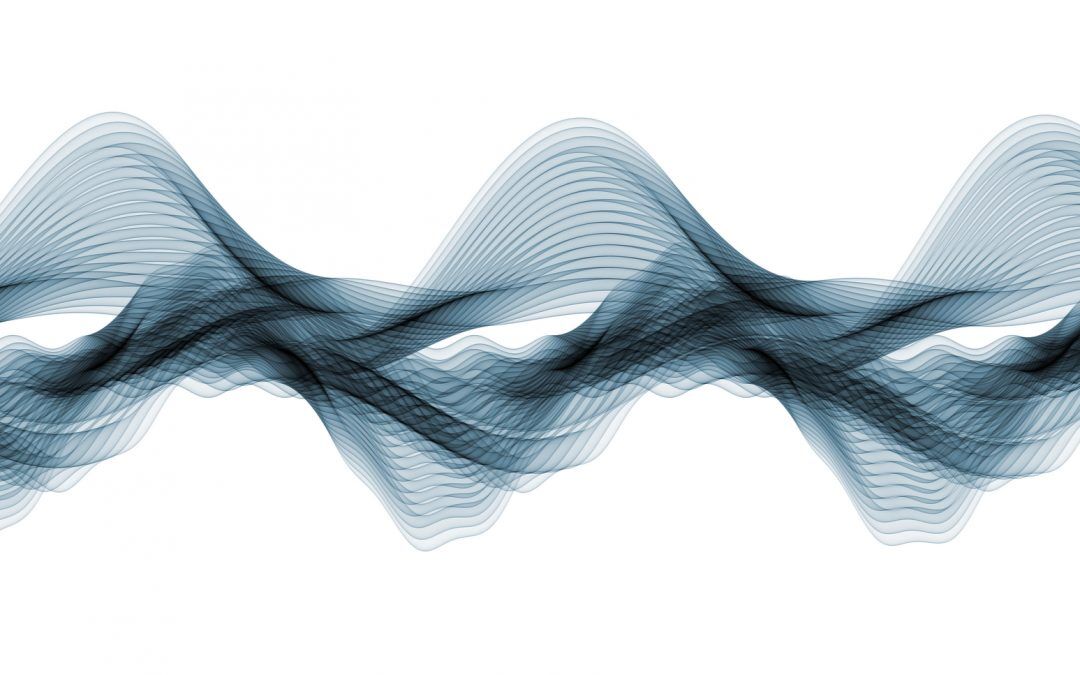Bipolar disorder is defined as a disorder of cycling mood. Individuals with bipolar disorder experience mood states that are too “high” as well as depressed states that are too “low” that typically cycle back and forth over time. Episodes in which the person’s mood is too high are called manic episodes, or hypomanic episodes if less severe. Episodes in which the person’s mood is too low are called major depressive episodes. In bipolar disorder, the untreated individual has chronically unstable mood. Periods of wellness, manic episodes, and depressed episodes shift back and forth in an unpredictable pattern.
To diagnose bipolar disorder, most clinicians use the Diagnostic and Statistical Manual of Mental Disorders, or the DSM-5 (American Psychiatric Association. and American Psychiatric Association. DSM-5 Task Force. 2013). Bipolar disorder is considered to exist on a spectrum from most severe to least severe. The most severe form is called Bipolar I (one) Disorder, followed by Bipolar II (two) Disorder. Less severe forms of bipolar disorder are Cyclothymia and Other or Unspecified Bipolar and Related Disorders. The diagnosis of Bipolar II Disorder will be briefly reviewed in this article.
Hypomania
To diagnose Bipolar II Disorder, a severe type of the illness, an individual must have experienced at least one lifetime episode of hypomania, and at least one lifetime episode of major depression. A hypomanic episode consists of elevated, expansive, or irritable mood and increased activity and energy, lasting 4 days or longer, that is clearly different from the person’s normal mood state. Several other symptoms must also accompany this change in mood state, as follows:
Inflated self-esteem or grandiosity
Decreased need for sleep
More talkative than usual, called “pressure of speech”
Racing thoughts, called “flight of ideas”
Distractibility
Excessive involvement in highly pleasurable activities that can result in bad consequences, such as excessive spending, gambling, indiscriminate sex, or drug abuse.
Excessive goal-directed activity in work, school, or personal situations, or excessive restlessness in pointless non-goal directed activity
A hypomanic episode is clearly different from the person’s normal mood and behavior and is observable to others. The person’s hypomanic symptoms are not severe enough to interfere with routine occupational or social functioning, the individual does not requires hospitalization, and he or she does not ever exhibit psychotic symptoms (a break with reality).
A more severe form of bipolar disorder, Bipolar I Disorder, can be distinguished from Bipolar II Disorder by the presence of mania. Mania is similar to hypomania but more severe. The symptoms need to last at least 7 or more days (or any length if hospitalization is necessary). The symptoms must be severe enough to interfere with social or occupational functioning, and psychotic symptoms may be present in Bipolar I Disorder but not Bipolar II Disorder. If a person is having a manic episode, or has had such an episode in the past, they cannot be diagnosed with Bipolar II Disorder.
Major Depression
To diagnose Bipolar II Disorder, the individual also must have had one or more lifetime major depressive episodes. A major depressive episode is a distinct period of mood lasting 2 weeks or longer in which the person feels either depressed or has little or no interest in day to day activities. In addition to either or both of these symptoms, the individual also must have several of the following additional symptoms nearly daily over the same 2 week period:
Increased or decreased appetite, or significant weight loss or gain
Insomnia or excessive sleep
Noticeable psychomotor agitation, as noted above, or psychomotor retardation, which is moving more slowly and sluggishly than normal
Feeling tired and worn out for no apparent reason
Feeling worthless or irrationally guilty
Cognitive problems involving thinking, concentration, or indecisiveness
Thoughts of death, suicidal thoughts, suicidal plans, or a suicide attempt
Bipolar II Disorder can be confused with other psychiatric and medical conditions and intoxication by drugs. It is important to have a mental health expert evaluate the patient in order to make an accurate diagnosis.
References
American Psychiatric Association. and American Psychiatric Association. DSM-5 Task Force. (2013). Diagnostic and statistical manual of mental disorders : DSM-5. Washington, D.C., American Psychiatric Association.


Leave A Comment